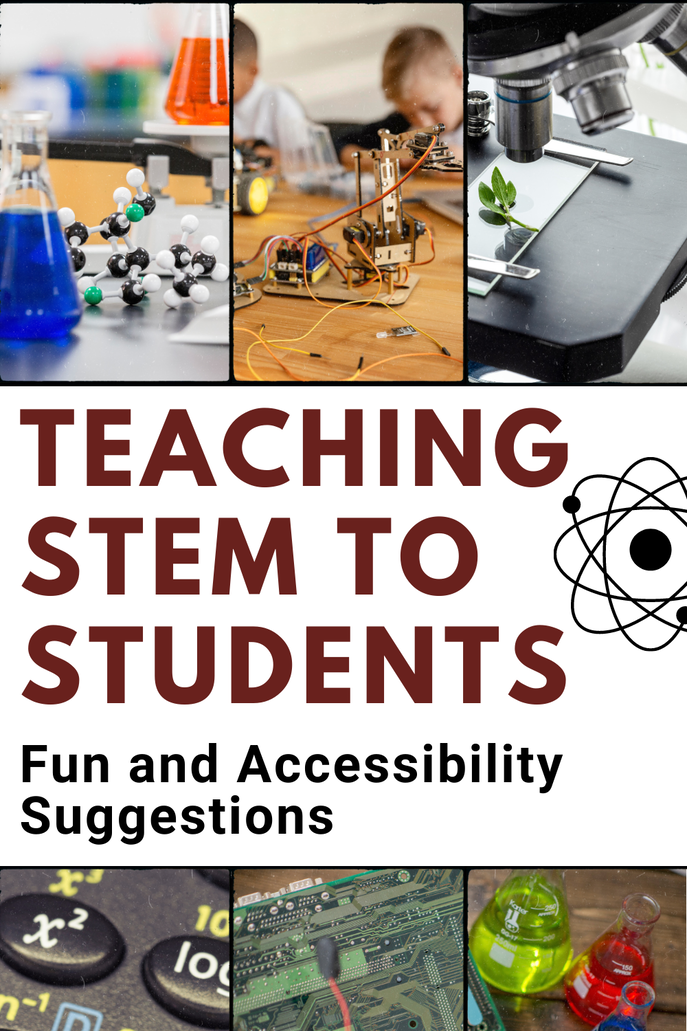|
Guest post provided by Emily Graham of MightyMoms.net A strong foundation in science, technology, engineering, and math (STEM) will help your students build successful careers down the road, not to mention hone their critical thinking skills for more success in life. Of course, giving them a solid foundation is easier said than done – STEM can be complex and hard to digest, even for adults. You’ll have to up your game as a teacher and make it as fun and accessible for them as possible, but with the following tips, both you and your students will look forward to deep diving into STEM! Devise an age-appropriate curriculumYour first step, ideally, should be to prepare an accessible curriculum. This is easy if the previous teacher left you lesson plans or if your institution has something in place already. If you’re starting from scratch, you can refer to online resources like TeachEngineering for inspiration. Typically, your job is to push your students up to a certain standard. Understand said standards, see where your students are currently, and then come up with lesson plans to bridge the gap.
Make learning fun with games and team projectsIf it’s not fun and engaging, your students’ attention will wander. Here are some suggestions for making it more fun:
Additional Resources:What do you think about this post? Please leave a comment and share your thoughts below.
0 Comments
Leave a Reply. |
Good Morning, Ms. Williams!Creating, Blogging & Sharing Educational Resources Categories
All
|

















 RSS Feed
RSS Feed